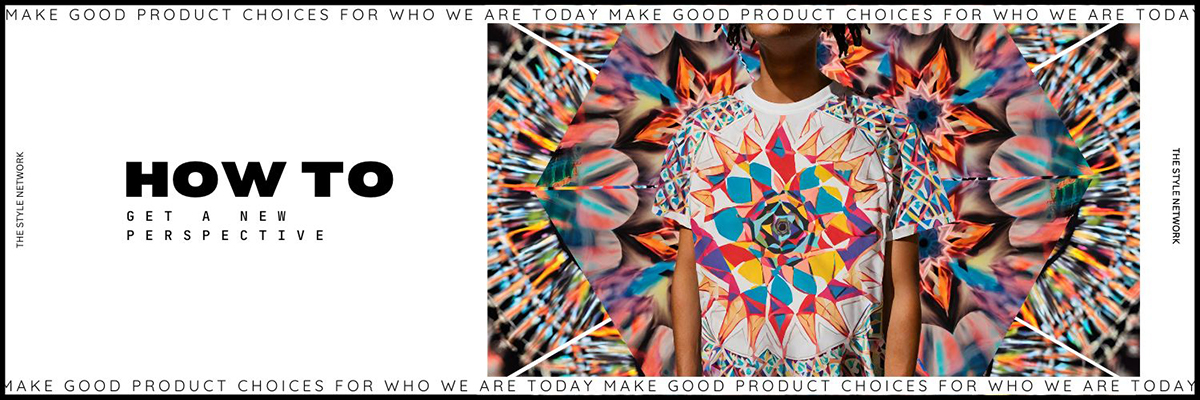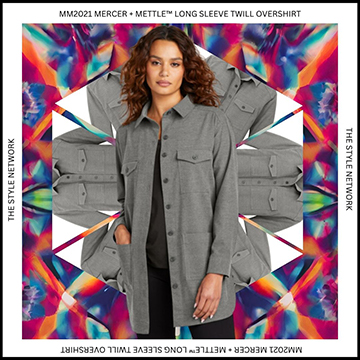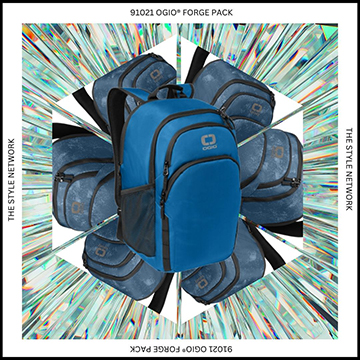When you focus on trends, there’s a line that has to be drawn between a strong opinion and an actual movement in the culture. With ideas shifting on clothing almost every day, this can sometimes be tricky.
For example, these days I tend to lean towards feeling cozy and comforted but I also want to get colorful and have fun. Maybe the crazy look that results is just me now? But if I can see brands leaning into a “colorfully cozy” look and designers creating clothing that meets this need, then I can start to see how what might be just an opinion is actually something in the zeitgeist.
To put it another way, trends often come down to a matter of perspective.
One way this has shown up recently in the fashion world is in the different perspective between two influential brands and how they approach their customers. “There has been a growing rift in the fashion world between designers who make content and designers who make clothes,” writes Vanessa Friedman. “The content crew considers fashion as a subset of entertainment; the clothes crew sees fashion as a service.”
Neither of these perspectives is right or wrong, but it changes what they offer. With musician Pharrell Williams acting as creative director for Louis Vuitton, what matters to the menswear brand is the sense of spectacle. “The garments serve as souvenirs that allow you to buy into the experience and advertise your belonging.”
Matthieu Blazy, a fashion designer who was recently appointed as creative director for Bottega Veneta, takes a different perspective on his job.
“Mr. Blazy approached Bottega Veneta with two goals: First, to challenge himself to make something that is wearable. And second, to interact with the world we live in. ‘It’s more about a responsibility we have as designer to offer something that lasts.’”
When we think about promotional apparel, both perspectives are valid. A concert t-shirt is a souvenir from a memorable experience and an indicator that you were there for it, and there’s an increasing focus on making clothes that will last beyond that experience. Today’s customers aren’t spending less than they used to, but they are spending differently. Their new perspective on what makes something valuable (and thus worth buying) often comes from considerations of ease of use, functionality and sustainability.
The Non-Suit
One of the more valuable changes in perspective we’ve seen is the acceptance of what I call the “non-suit,” maintaining some of the smartness and polish of traditional suiting and uniforming while adding the ease of dressing in matching sets.
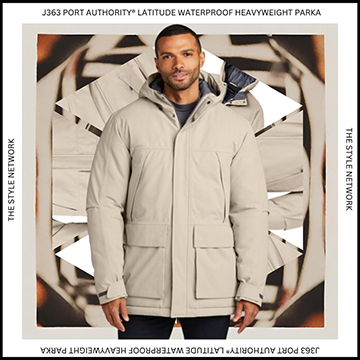 Examples of this could be a longer overshirt that stands in for a jacket or a blazer, or a smart bomber-style jacket with stretch that you can comfortably wear indoors or out. The key elements here are ease and versatility, something customers are seeking out in the products they buy today.
Examples of this could be a longer overshirt that stands in for a jacket or a blazer, or a smart bomber-style jacket with stretch that you can comfortably wear indoors or out. The key elements here are ease and versatility, something customers are seeking out in the products they buy today.
Functional Details
Today we want clothing that can transition as easily as our mood, whether that takes us on an outdoor adventure or on a bit of urban exploration. This is where paying attention to the details that add function to a garment becomes important.
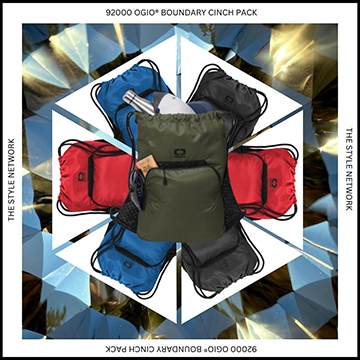 Take pockets, for example — minimized for many years (especially in women’s fashion, don’t get me started), today “they symbolize the pursuit of hands-free happiness.” Pockets have been getting larger and more visible to carry any essentials you need. A heavyweight parka with larger pockets will be appreciated by just about anyone. Those bigger pockets means more real estate is needed to place them, so a parka with extra length adds coverage and space to include large, easily-accessed pockets.
Take pockets, for example — minimized for many years (especially in women’s fashion, don’t get me started), today “they symbolize the pursuit of hands-free happiness.” Pockets have been getting larger and more visible to carry any essentials you need. A heavyweight parka with larger pockets will be appreciated by just about anyone. Those bigger pockets means more real estate is needed to place them, so a parka with extra length adds coverage and space to include large, easily-accessed pockets.
Bags are another category where the details matter, emphasizing our inclination to get out and play. A rugged wheeled duffel enables travel across the country or around the world, with the option to pack smaller bags in the duffel. A lightweight cinch pack, handy tote bag or useful travel organizer can all be added to address specific plans on a trip.
Values vs. Value
The biggest perspective shift we’re seeing in today’s apparel market is that a product’s value is often assessed based on the values it brings to the table. Customers are starting to shop like the world depends on it, so if there’s an option that’s carbon-neutral or something that incorporates recycled fabric, that’s where they’re looking first.
Sometimes the most sustainable option is the one that’s built to last, making the Ripstop Backpack from Carhartt or the Forge Pack from OGIO natural choices that won’t be going to a landfill anytime soon. A backpack or tote made from 100% recycled material fits right in when a customer is looking for responsibly-made bags. For a full lineup of sustainable choices, take a look at SanMar’s Sustainable Style guide.
So while there’s a definite shift in perspective away from apparel seen as a souvenir and toward lasting pieces that have a useful purpose, it’s not an either/or decision. To paraphrase a still-relevant meme, why not have both and make everyone happy?
Next month we’ll be talking about the essentials we all rely on and the hero styles we keep coming back to again and again. I hope you’ll join us!
